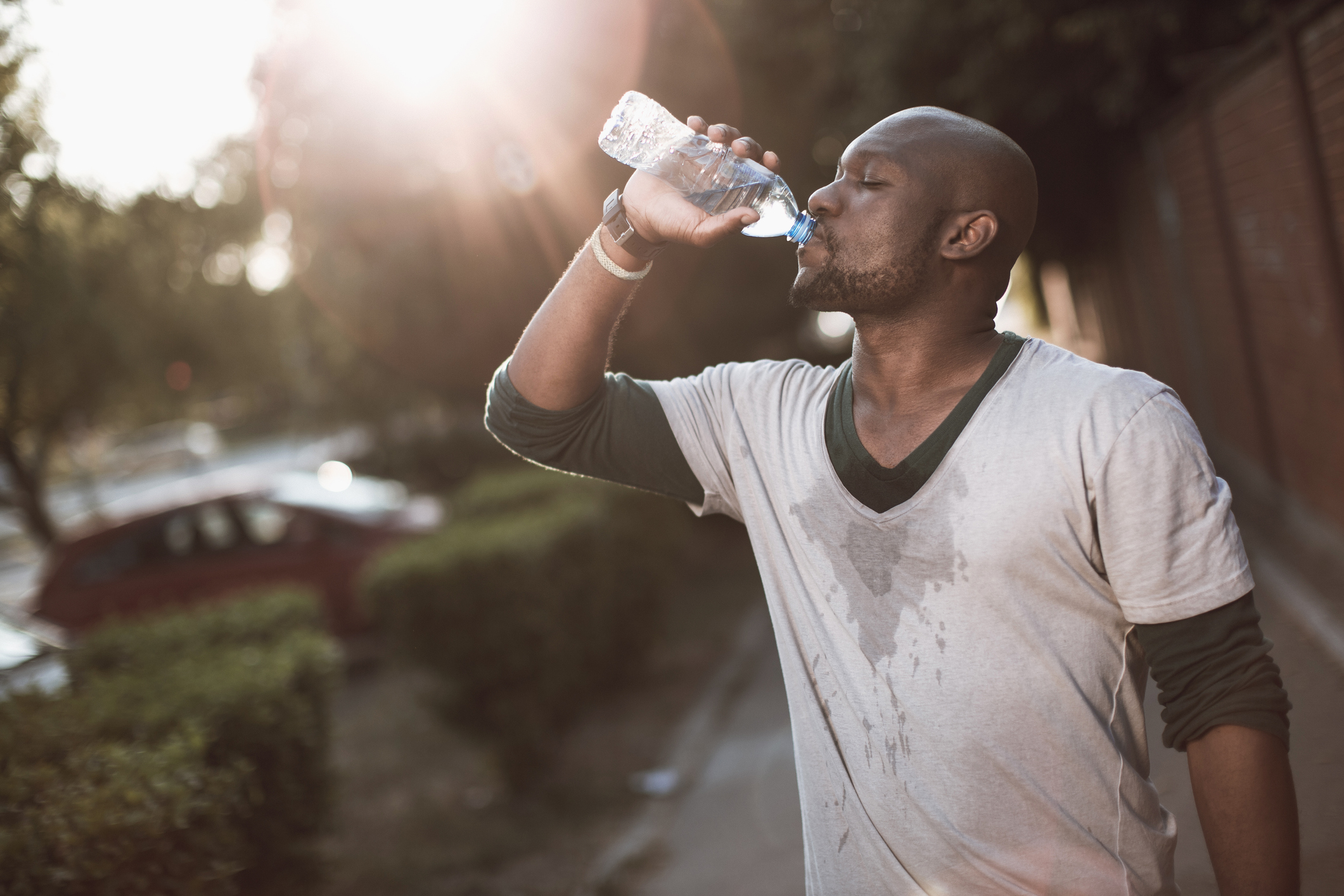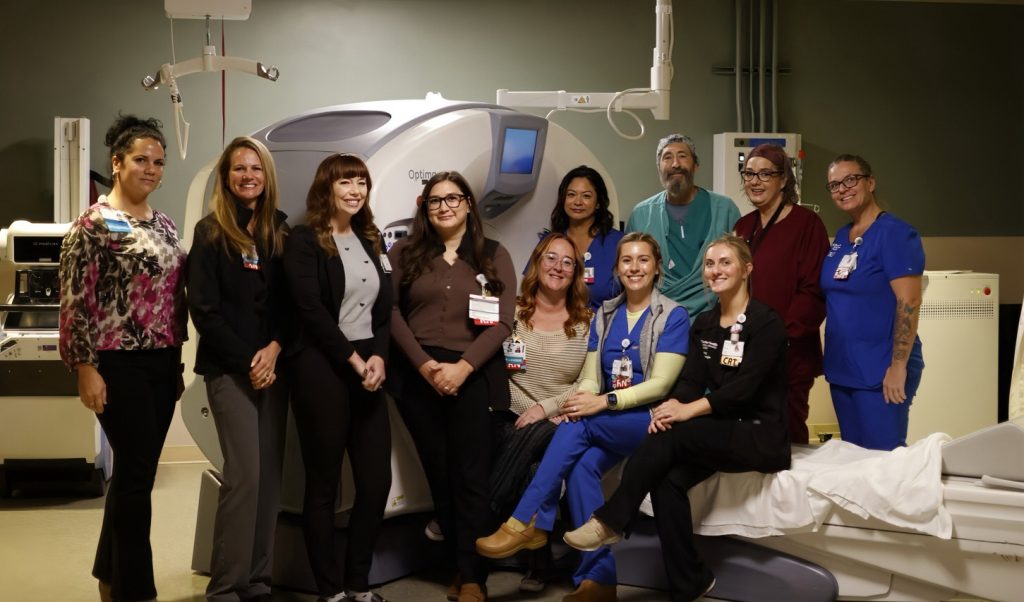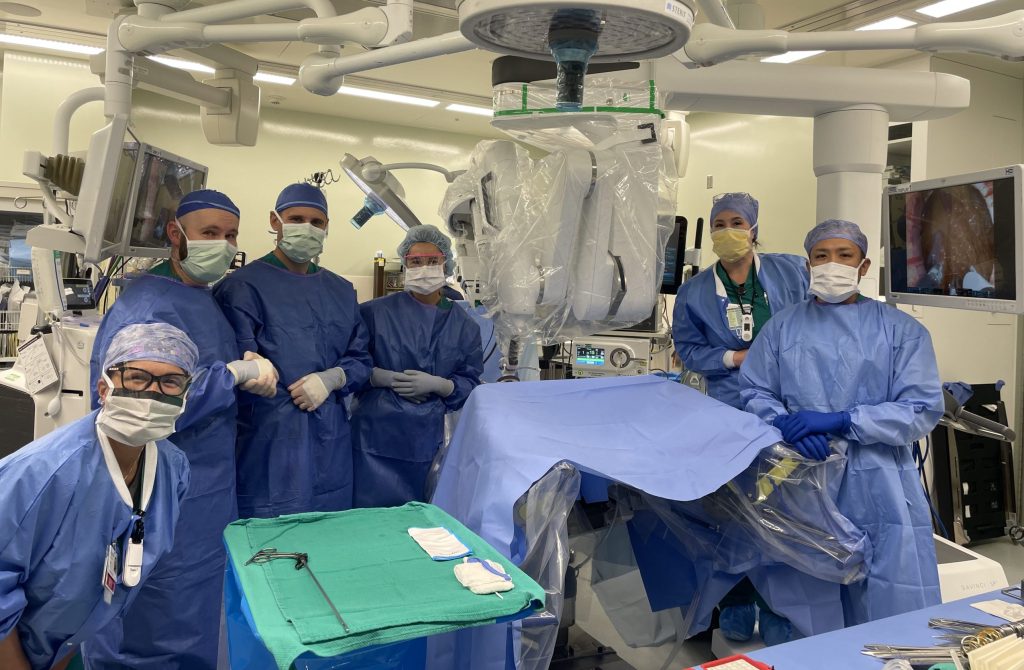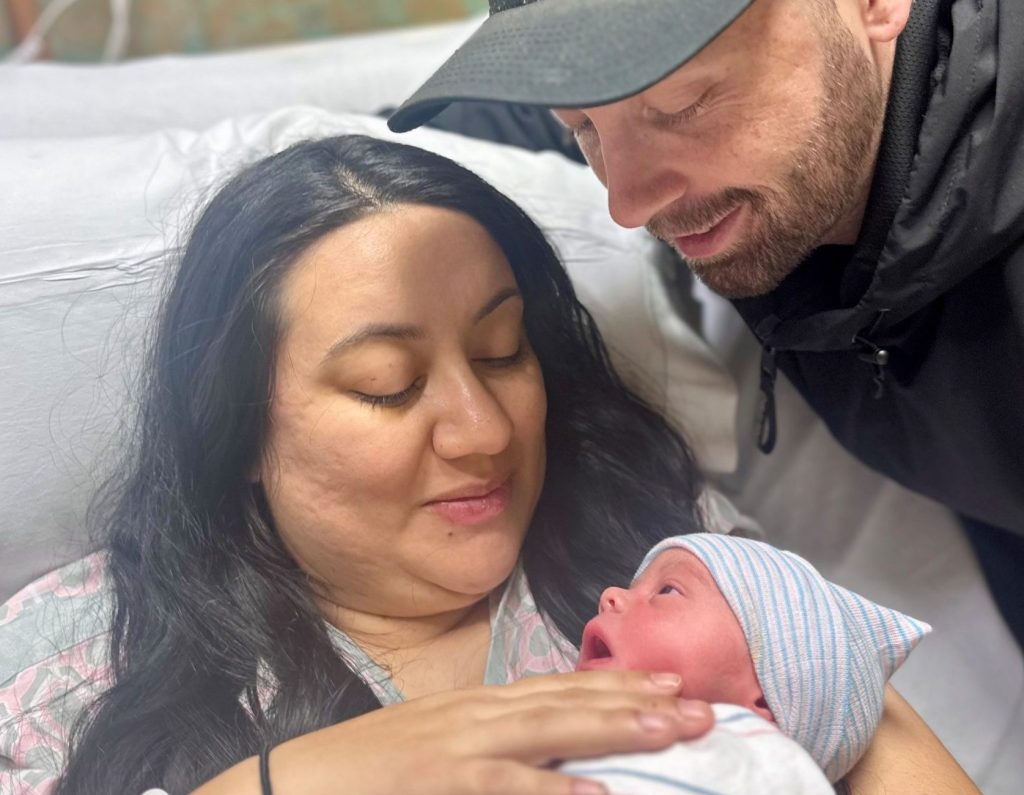Temperatures are rising in Northern California, and so are confirmed cases of COVID-19. How do you keep safe from both? Stay home, says an emergency medicine physician with Sutter Medical Center, Sacramento.
“Our recommendation for the heat is stay inside and exercise intelligently; that’s kind of what we would say about COVID-19. They overlap,” said Arthur Jey, M.D. “Because it’s so hot, we’re not going to want to go out anyway, so it’s a good excuse to stay home with your family.”
With communities opening up and more area residents wanting to take advantage of the great outdoors and other opportunities, Dr. Jey pleads for folks to keep their masks on … or at least handy. Popular activities in the region include walking and hiking, which are great ways to get some fresh air and exercise at the same time. Won’t wearing a mask make you even hotter?
“When you’re outside, walking and hiking, and there’s no one around, you don’t need to wear the mask,” he said. “But you don’t know when you’re going to come close to someone, so keep your mask close by. I am always wearing a mask around my neck or it’s in my pocket. As soon as someone approaches, I put it on. … When there are people around, my mask is on all the time.”
During an interview with the media, Dr. Jey gave some other tips on how to avoid heat-related illnesses, from heat rashes and sunburns to heat exhaustion and heat stroke. Those most susceptible to the heat illnesses include toddlers who can’t communicate that they’re suffering, the very old, and those who have to work in the sun, including farm and construction workers.
What and How Much to Drink
If you are out in the sun, Dr. Jey says the best thing to do is drink a lot of fluids. He recommends good, ol’ plain H2O. Not ice-cold water that can cause cramps, but cooled water. He also recommends sugar-free electrolyte drinks, which are good ways to replenish those essential minerals when working out. Avoid alcoholic beverages along with sodas and sports drinks that contain sugar.
“Make sure you’re smart about what you drink,’ he said. “Alcohol is going to dehydrate you. Really heavy sugared water, like Gatorade, is going to dehydrate you. Electrolyte waters with low or no sugar, fantastic. Water, fantastic.”
He also says it’s not important to count how much fluids to take in, but rather to sip consistently and continually, not a lot at one time. “Everyone asks me how much to drink. Many medical professionals say drink eight to 10 glasses a day. But really, just try to drink well.” He said to take sips at least every half an hour while out in the sun. His counsel: “Don’t wait until you’re thirsty to take a drink.”
He also recommends that those going outside wear light, loose clothing and a hat. “I tend to wear baseball caps a lot, but they aren’t the best choice. The ones that you really want are the wide-brimmed ones, like the fishing hats, that cover the back of your neck. We’ve all been sunburned there before.”
What to Do When You’re Feeling the Heat
“There’s a whole continuum of heat-related diseases,” Dr. Jey says, and they progressively worsen as you’re exposed longer to the hot weather.
1. Heat rashes, which is a reddening of the skin.
2. Sunburns, which can be very painful.
3. Heat exhaustion, when you’re still sweating, but you’re feeling a little woozy or nauseous. Your urine at that point is a darker yellow.
4. Heat stroke.
“This is when it gets scary,” Dr. Jey says. “You stop sweating and your thinking slows down, and you feel horrible. You look like you’re having a stroke; that’s why it’s called heat stroke. I’ve seen people come in completely confused, acting like they’re almost drunk, that’s when you really get scared. The way you prevent that is that you don’t wait until you’re thirsty to start drinking water.”
He says when heat stroke is happening, the first step is to get out of the heat and let someone know you’re not feeling good. That’s why toddlers who aren’t talking yet are very susceptible to heat illness, because they can’t verbalize how they’re feeling.
Next step: “Get some water in you. Don’t chug it, don’t drink a whole gallon of it. Just sit down in the shade or some air conditioning and sip some water. And, if you don’t get better, then come see us at Sutter.”
Dr. Jey said, even during this pandemic, don’t be afraid to go to the emergency room when you are in a medical emergency, whether it’s heat stroke, a real stroke, or any other kind.
“We get concerned that you push things off too far,” he said. “Our nurses and physicians here work really hard to make sure that we keep you safe. … So if you start feeling problems with temperature, problems with the heat, or for that matter, trouble breathing, come see us. Don’t be scared. We have a separate area for those who we think might have COVID-19. Especially now when we’re starting to have another uprising of it. We’re very cautious of it. But I don’t want that to stop people from coming in when they have other illnesses.”
The Sacramento Bee posted one of Dr. Jey’s interviews on heat illnesses. Click here to watch it, and notice his mask is around his neck for when someone comes close!





